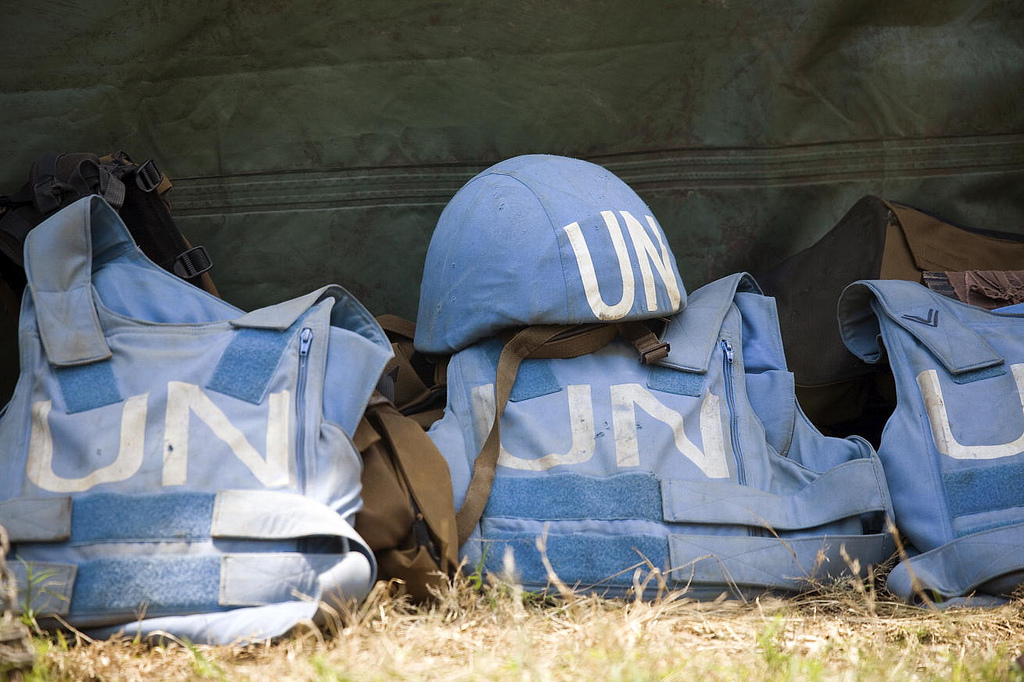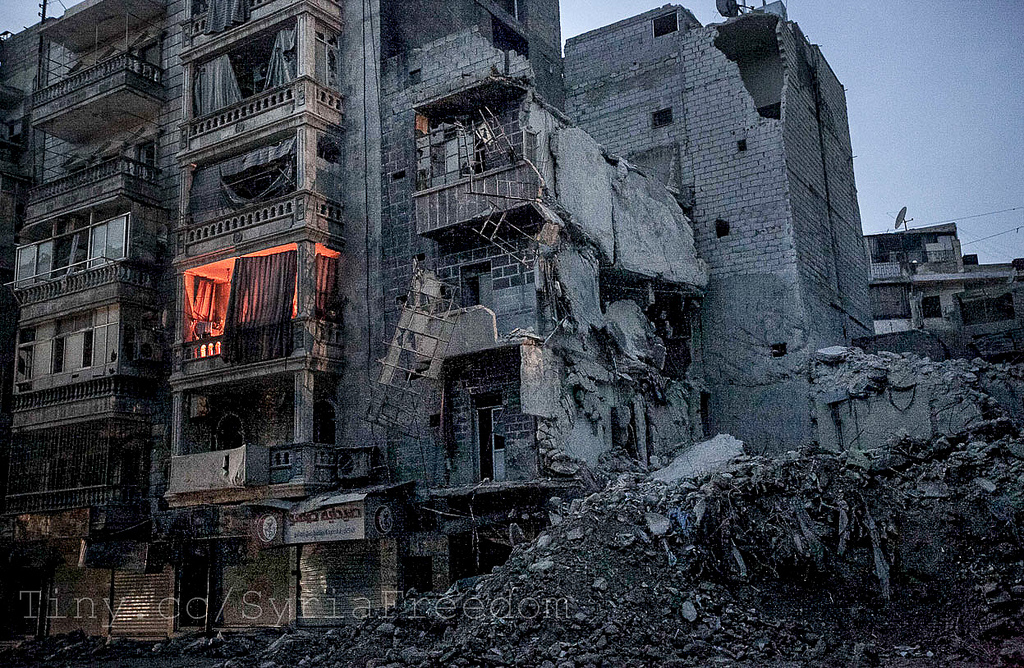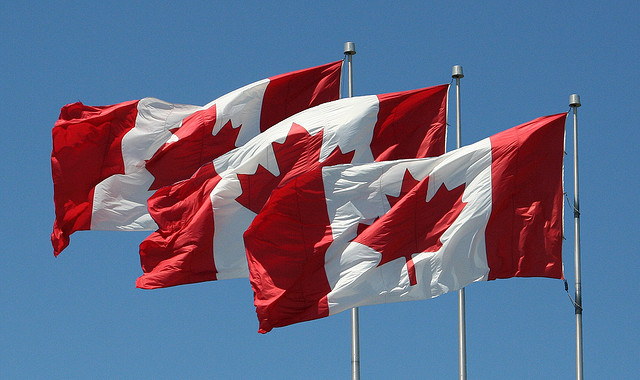Guest post by Hanne Fjelde, Lisa Hultman, & Desirée Nilsson.
According to former UN Secretary-General Ban Ki-moon, protecting civilians from atrocity crimes is “a defining purpose of the United Nations in the twenty-first century”. It might also be one of the UN’s greatest challenges. Protection of civilians has become a core task of peacekeeping operations: more than 95 percent of all peacekeepers deployed globally are mandated to protect civilians. At the same time, media headlines often highlight UN failures to respond to violence in a timely manner (for example, here and here), leaving civilians without protection. Looking beyond individual cases, is the UN really unable to perform one of its core tasks and live up to its “defining purpose”?
In a recently published article in International Organization, we shed some light on these issues. Using fine-grained geographical data at the sub-national level, we empirically examine both where peacekeepers are deployed and whether they are able to effectively reduce violence against civilians. In short, we find three things: 1) the UN does deploy to locations where civilians are at risk, most clearly so in areas where rebels perpetrate violence; 2) the UN is effective in protecting civilians from rebel violence, but struggles to protect civilians from government violence, and 3) peacekeeping presence does not just push violence to adjacent locations.
Why study peacekeeping at the local level?
While peacekeeping has received much critique, studies have shown that larger peacekeeping missions, or missions that are more diverse in their composition, are effective in protecting civilians. However, with few exceptions (see here and here) most research focuses on the overall impact at the country level. At the same time, we know that violence varies significantly within countries—and peacekeepers cannot deploy to all locations.
To better understand the impact that peacekeepers have on conflict dynamics, we collected data on peacekeepers’ geographic deployment within countries. Our data cover all peacekeeping missions in Africa between 2000 and 2011 with a mandate to protect civilians. We combine these data with geographically referenced data on violence against civilians, collected by the Uppsala Conflict Data Program. By examining the impact of peacekeeping presence at the local level, we provide a better understanding of how the UN responds to violence against civilians, and whether a larger peacekeeping presence is also associated with improved civilian security.
Responding to violence
Our study shows that the UN does deploy to locations where civilians are at risk. New deployments are more likely in areas where civilians have been the victims of violence in the recent past. However, when we differentiate between violence committed by the government and by rebel groups, the results indicate that the UN primarily responds to rebel violence. We believe that the UN’s reliance on government consent makes it more politically feasible to respond to violence committed by the rebel side.
Protection through presence
Next, we examine whether peacekeepers are able to protect civilians in the areas where they operate. Our findings suggest that they are: a sizeable peacekeeping presence protects civilians from rebel violence. Yet, peacekeeping deployment has no effect on government violence against civilians. Through patrolling, monitoring, and reporting, peacekeeping presence can increase the military and political costs of targeting civilians. This makes civilian targeting a costly strategy for rebel groups. Governments, on the other hand, may not face the same costs. Since governments have the power to withdraw consent, peacekeepers are more constrained when it comes to responding to abuse by government forces. Moreover, since they are also less likely to be present in the areas where government forces perpetrate violence in the first place, the impact is even weaker.
Reduction or displacement of violence?
The encouraging finding that peacekeeping presence leads to a lower risk of rebel violence against civilians raises a concern: could it be that rebels just move their forces and perpetrate violence against civilians elsewhere? If so, peacekeepers would not protect civilians, but merely push violence to new locations. However, our analysis shows no evidence that peacekeeping presence increases the risk of violence in surrounding areas.
Future challenges for the UN
Today on the United Nations Day, do we have reason to celebrate the UN’s efforts to protect civilians? Our study leads us to the ambivalent answer: yes and no. The fact that peacekeepers are deployed to areas where civilians are at risk—and protect civilians in those locations—is encouraging. But the fact that this only applies to violence perpetrated by rebel groups is problematic. The results from our study suggest that the UN’s reliance on government consent may render them de facto less equipped to forcefully respond to civilian abuse. It may very well be that the UN needs to employ different strategies in response to government and rebel actors. With its ambitious agenda to protect civilians, the UN needs to signal a clear commitment to halt all forms of civilian abuse, regardless of the perpetrator.






